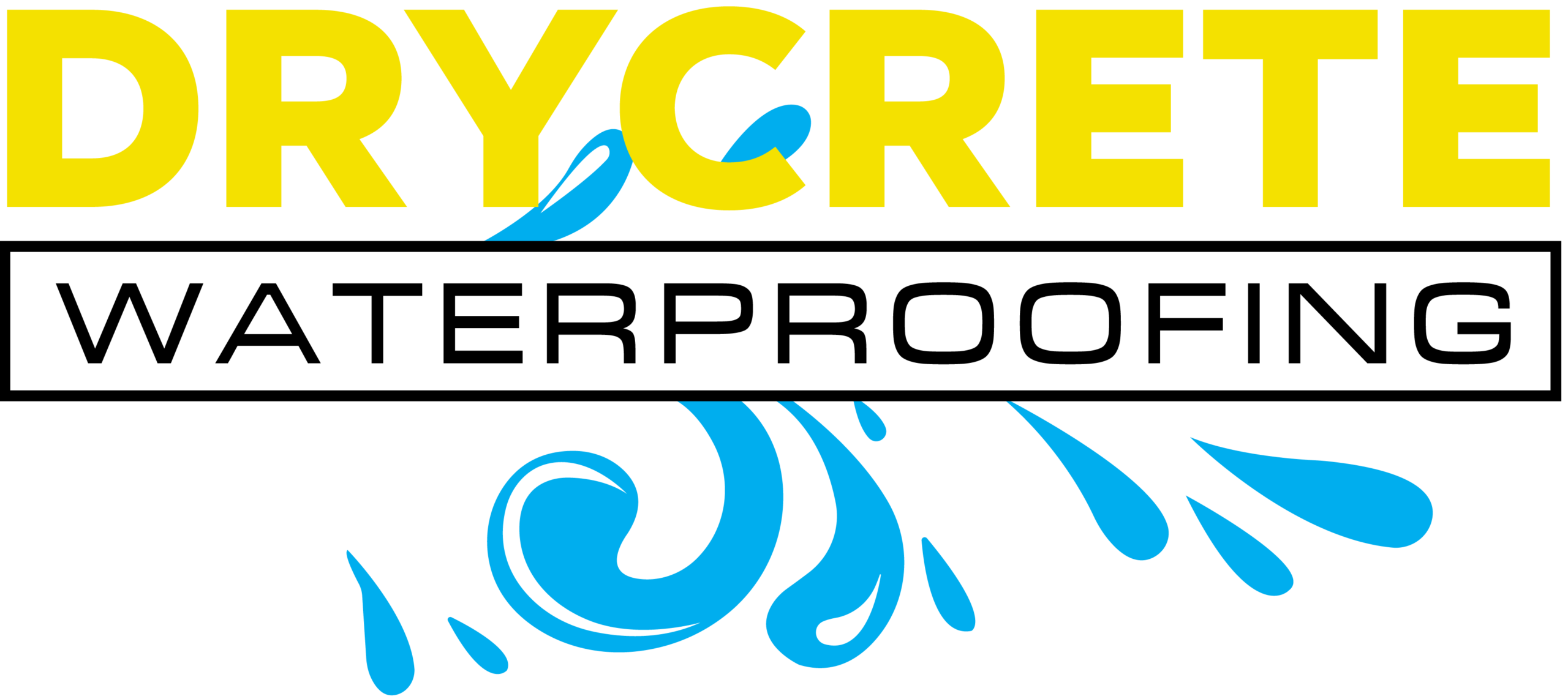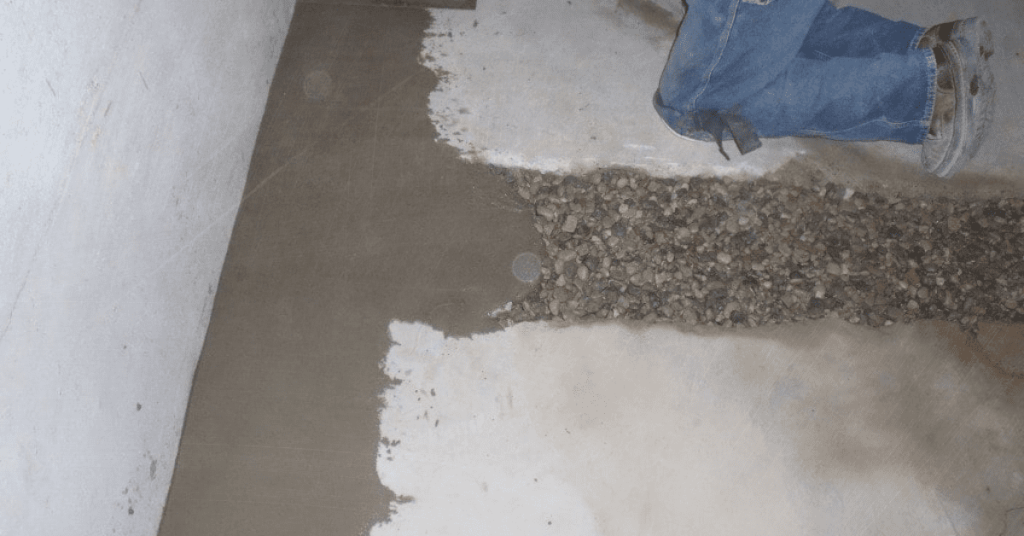Waterproofing your basement isn’t just about keeping it dry. While that’s certainly a major part of it, waterproofing is also designed to keep you healthy and protect your home. Water in the basement can cause a variety of issues. Water and dampness make your home more susceptible to mold, and that is just the beginning. There are many other issues that can also develop. In the following guide, we will focus on mold growth in basements. We will talk about some of the causes and how mold growth can affect your home and the people who live there. We will also share some basement waterproofing steps and solutions to help prevent mold and walk you through everything you need to know to protect your home.
Causes and Effects of Basement Mold Growth
If you understand what causes mold growth or how mold can affect your home, you can get an upper hand on knowing what to do about it. Mold can be dangerous. Even if the mold is not toxic, it can still pose a threat. Mold growth can cause a variety of health issues. There is also no easy way to know if the mold growing in a building is of a toxigenic type. At the very least, exposure to any type of mold will cause allergy symptoms, such as headaches, dizziness, allergies, and skin irritation.
It’s also possible for exposure to cause far worse symptoms as well. Exposure to toxic mold can lead to severe respiratory and breathing issues, as well as long-term bronchial side effects, skin irritation, and even, in some cases, death. Ignoring mold exposure is simply not worth the risk.
But what causes mold to begin with? Mold really just needs moisture and a little bit of warmth to grow. In places like a basement, these conditions are easy to come by. Here are some common causes of mold growth in the basement:
- Water seepage
- Leaks
- Condensation
- High humidity levels
- Appliance ventilation
Types of Waterproofing for Basements
There are many different waterproofing basement solutions that can be used to meet your needs. The right solution for you may depend on what is leading to excess moisture in the basement. When you waterproof the basement and take steps to prevent excess moisture, you provide a barrier of protection that is likely to help prevent mold growth.
It is best to work with a professional to determine the appropriate solution for your basement. Not every basement is the same. For some basements, a moisture control system will work best, while other homes may need to have a wall wrap installed around the foundation.
These are some common types of waterproofing for basements:
- Interior perimeter drains (French drains)
- Foundation wall wrap
- Foundation wall crack repair
- Sump pump
- Sealants and injections
- Dry well systems (exterior)
- Moisture control systems
Steps to Waterproofing Your Basement
When it comes to basement waterproofing, there are some DIY solutions that you can use. Most DIY solutions are meant to be short-term fixes and are designed to solve only minor issues. Keep this in mind if you do choose to use a DIY option.
It’s always a good idea to bring in a professional to assess your needs and help you find the appropriate solution.
To waterproof a basement, you should:
- Inspect the area closely and determine the source of excess moisture.
- Repair any leaks or issues that are causing water damage.
- Seal walls and floors using appropriate materials.
- Install drainage systems and sump pumps as needed.
- Monitor and maintain your waterproofing systems over time to ensure they continue working properly.
Additional Tips for Preventing Mold Growth in Basements
Ultimately, waterproofing the basement is the best way to prevent mold from growing in your basement. Taking steps to reduce moisture will deprive mold of the environment it needs to grow. Take steps to prevent moisture and reduce dampness. These steps in turn will help prevent mold growth. There are several things that you can do to help. For example, try using dehumidifiers and air purifiers in the basement. You can also use a specialized moisture control system to maintain moisture levels in the basement. Consider taking steps to improve ventilation and air circulation, especially if you have a dryer in the basement.
Always monitor plumbing and HVAC units for leaks and take steps to reduce moisture from these systems. You know your basement better than anyone else. What is causing it to be damp or moist? What can you do to resolve the cause? Remember, you can always call a professional to determine the best solution!
Let Drycrete Waterproof the Basement and Avoid Mold Growth Problems
Mold can be a nasty thing to deal with. Protect your home with the use of basement waterproofing solutions. Drycrete has been waterproofing for over 30 years. Our solutions are time-tested, proven effective, and we will always work to find the best solution for your needs.
Request a free quote today to get started protecting your basement and your home.

